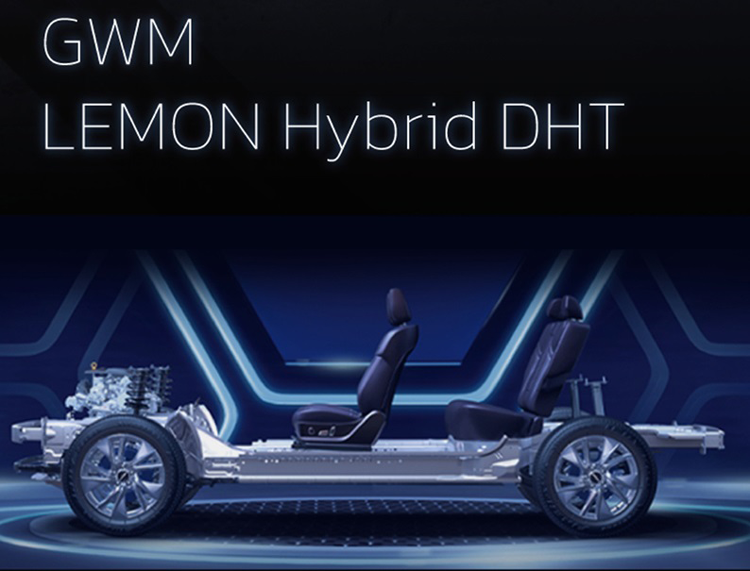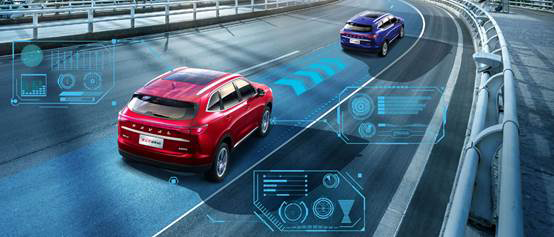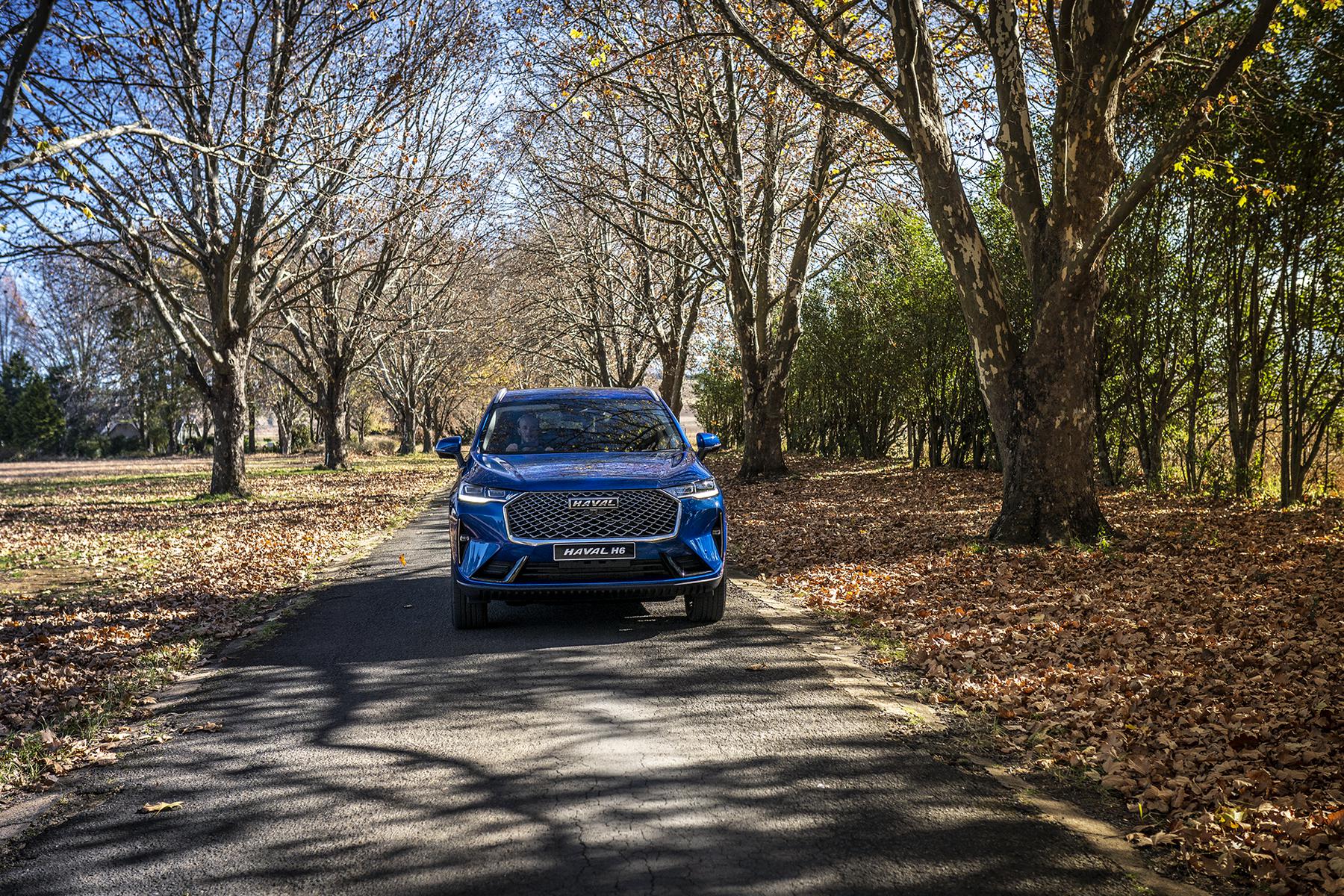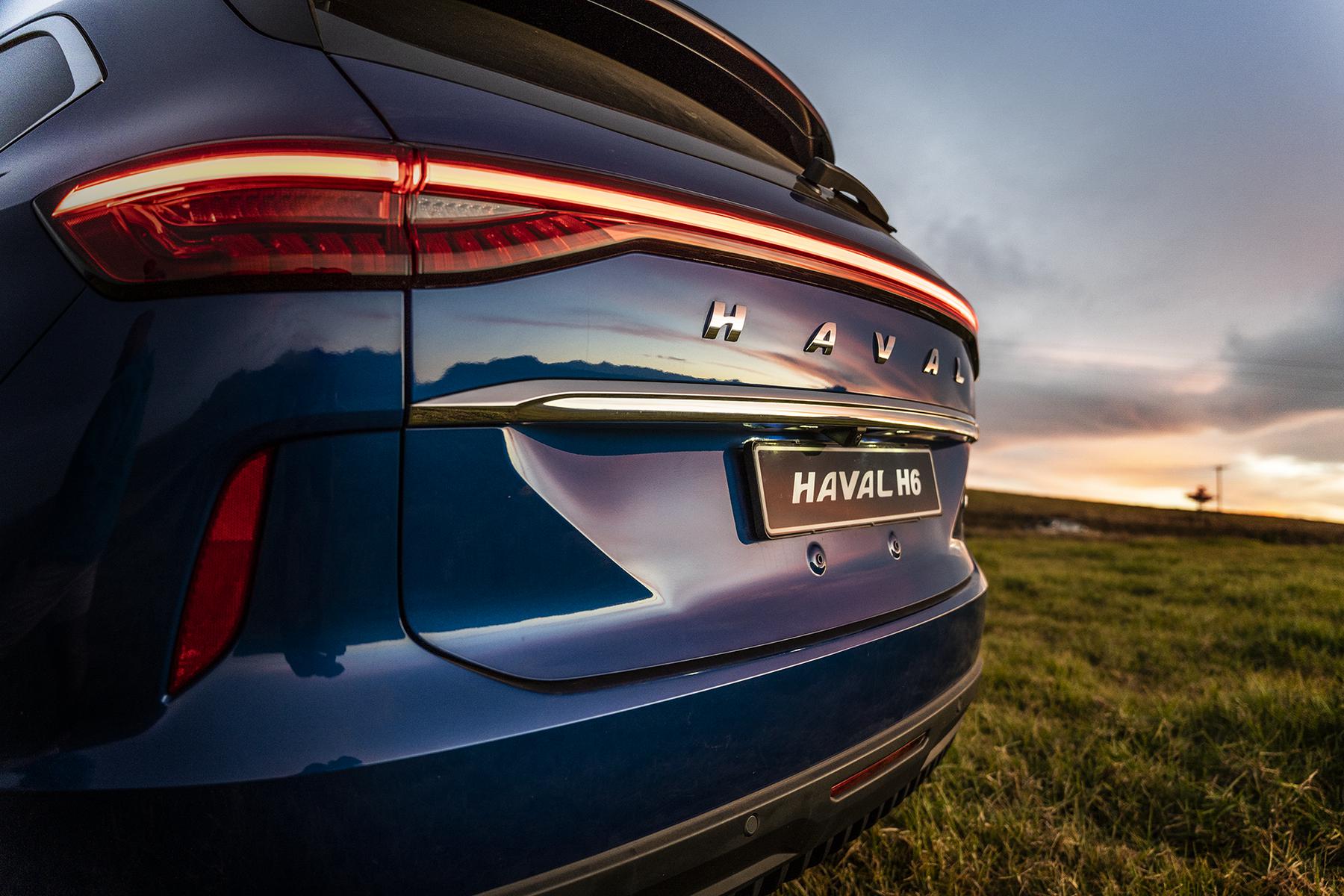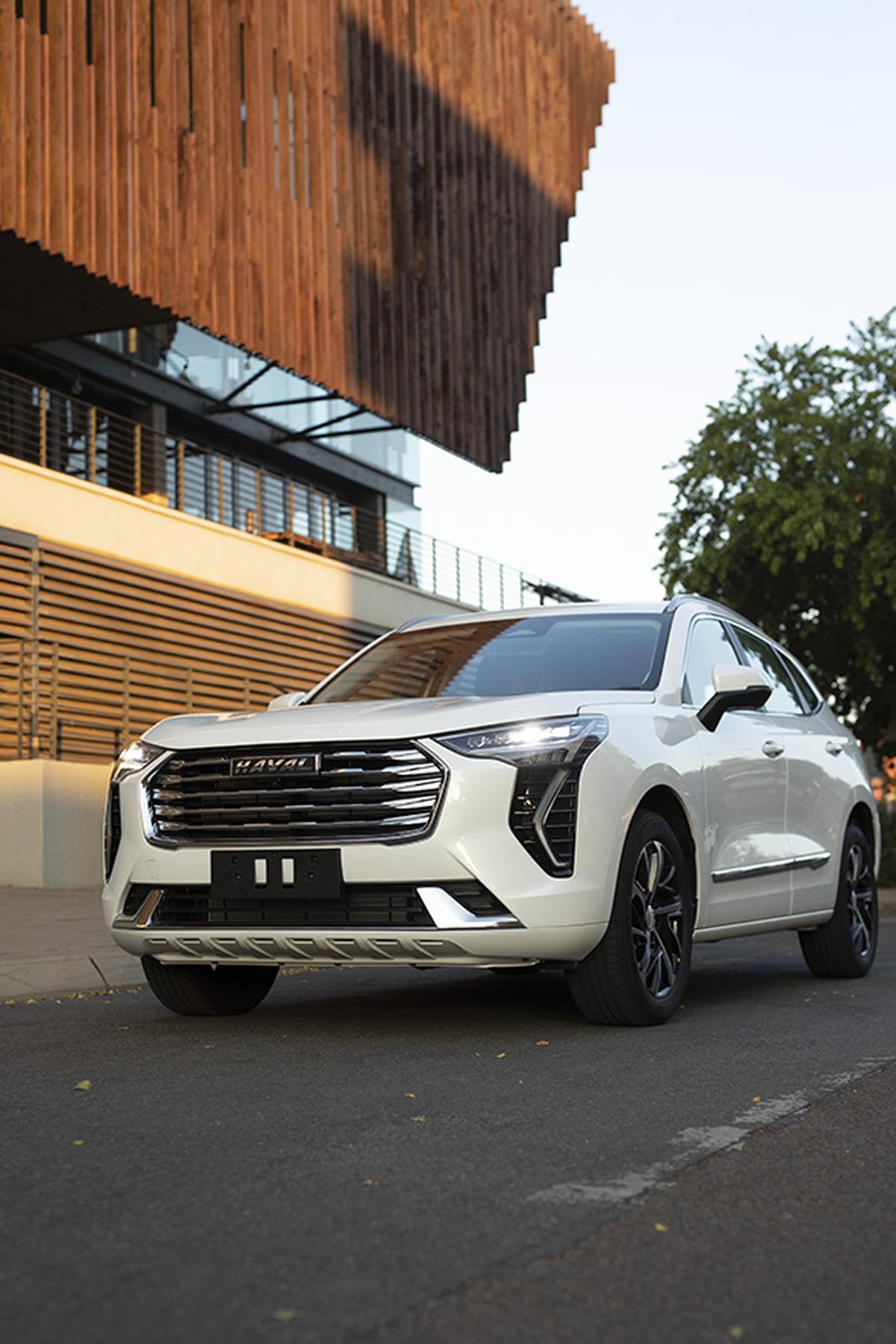The 3rd generation Haval H6 has taken South Africa by storm. The Haval H6 is a class-leading example of style and technology from its minimalist oriental feel interior to its well-defined exterior lines.
It is powered by a 2.0T direct injection engine producing 150kW and 320NM of torque matched to a 7-speed dual-clutch automatic gearbox. The Haval H6 is only available in DCT auto.
The various models can be seen below highlighting the differences and specification levels.

Haval H6 Premium
This is the entry-level vehicle retailing at R441 900.
It is the only model without a panoramic sunroof and full 360-degree cameras. The following features are standard:
– 18-Inch alloy wheels with Hankook SUV tyres – 6 Airbags, dual front and side as well as curtain side airbags – 10,25-inch digital colour instrument display as well as a 10,25-inch colour multi-touch screen – ABS with EBD – Leather seats – Hill Decent Assist – Reverse camera with guidelines – Bluetooth connectivity – Apple and Android Car-play via cable only – Cruise Control – Tyre Pressure monitoring system

Haval H6 Luxury 2WD
The luxury models all come with a panoramic sunroof. The 2WD model includes the following standard features:
– 18-Inch alloy wheels with Hankook SUV tyres – 6 Airbags, dual front and side as well as curtain side airbags – 10,25-Inch digital colour instrument display as well as 12,3-Inch colour multi-touch screen – ABS with EBD – Leather seats – Hill Decent Assist – Adaptive Cruise Control with Traffic Jam Assist – Tyre Pressure monitoring system – Lane Hold Assist – Traffic Sign Recognition – Full 360-degree camera system with bird’s eye view
Haval H6 Luxury 4WD
This model features all the same specification levels as the 2WD, however, it includes Torque on Demand (TOD) AWD system.

Haval H6 Super Luxury 4WD
The Super Luxury is the flagship model with all the features of the Luxury 4WD model; however, it includes the following unique features:
– Wireless Cellphone charging pad – Electronic Tailgate – 19-Inch alloy rims with Hankook performance SUV tires – Rear Traffic Assist, which includes Blind Spot Assist, Rear Cross Traffic Warning and Rear Collision Warning – Heated front seats – Heads up Display (HUD)
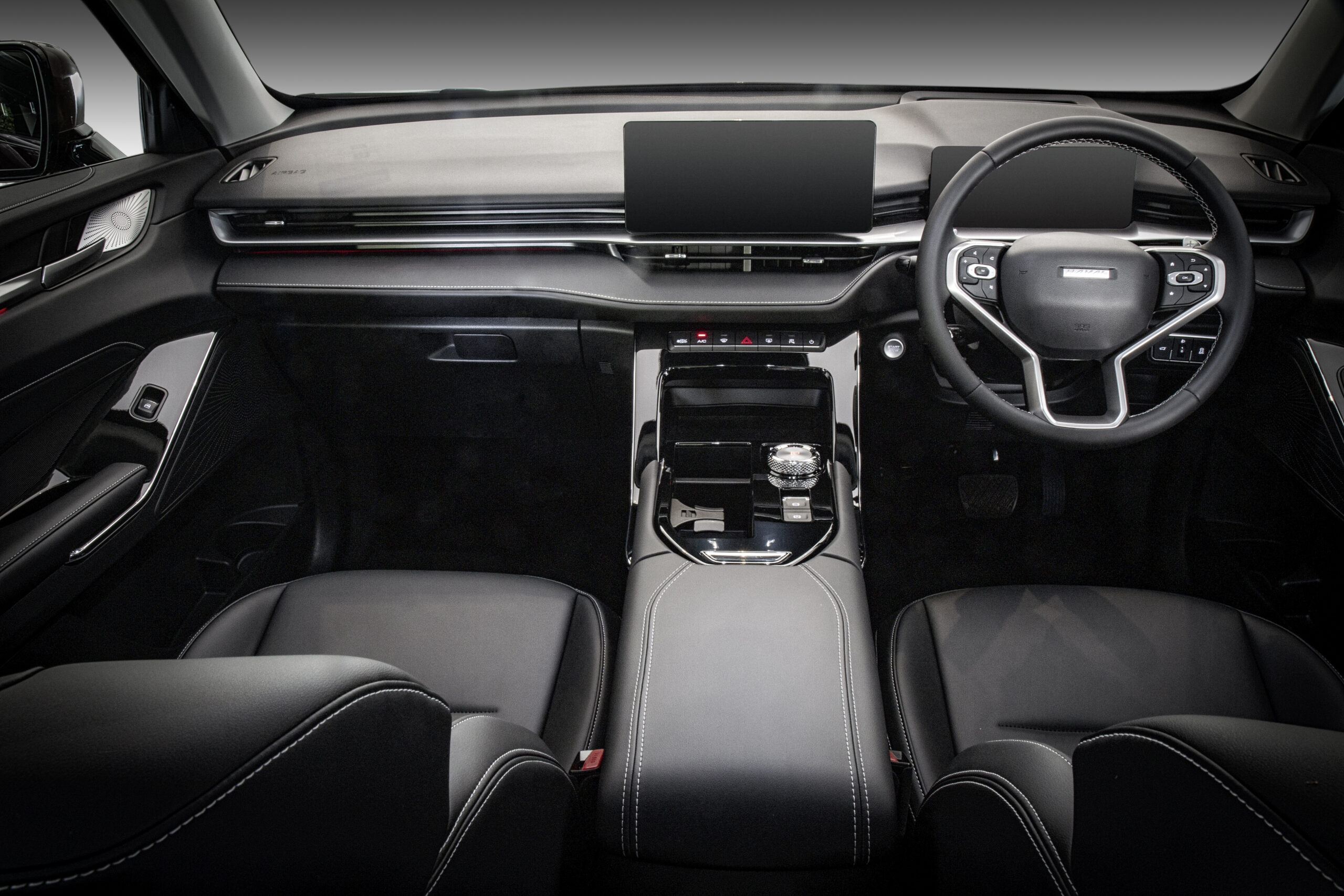
All these models are available at CMH Haval Cape Town CBD. We have a demonstration model available to experience all that this vehicle has to offer.
Contact CMH Haval Cape Town on 0210011106 to book a test drive or visit us at the corner of Nelson Mandela Blvd and Christiaan Barnard Street, Foreshore, Cape Town.
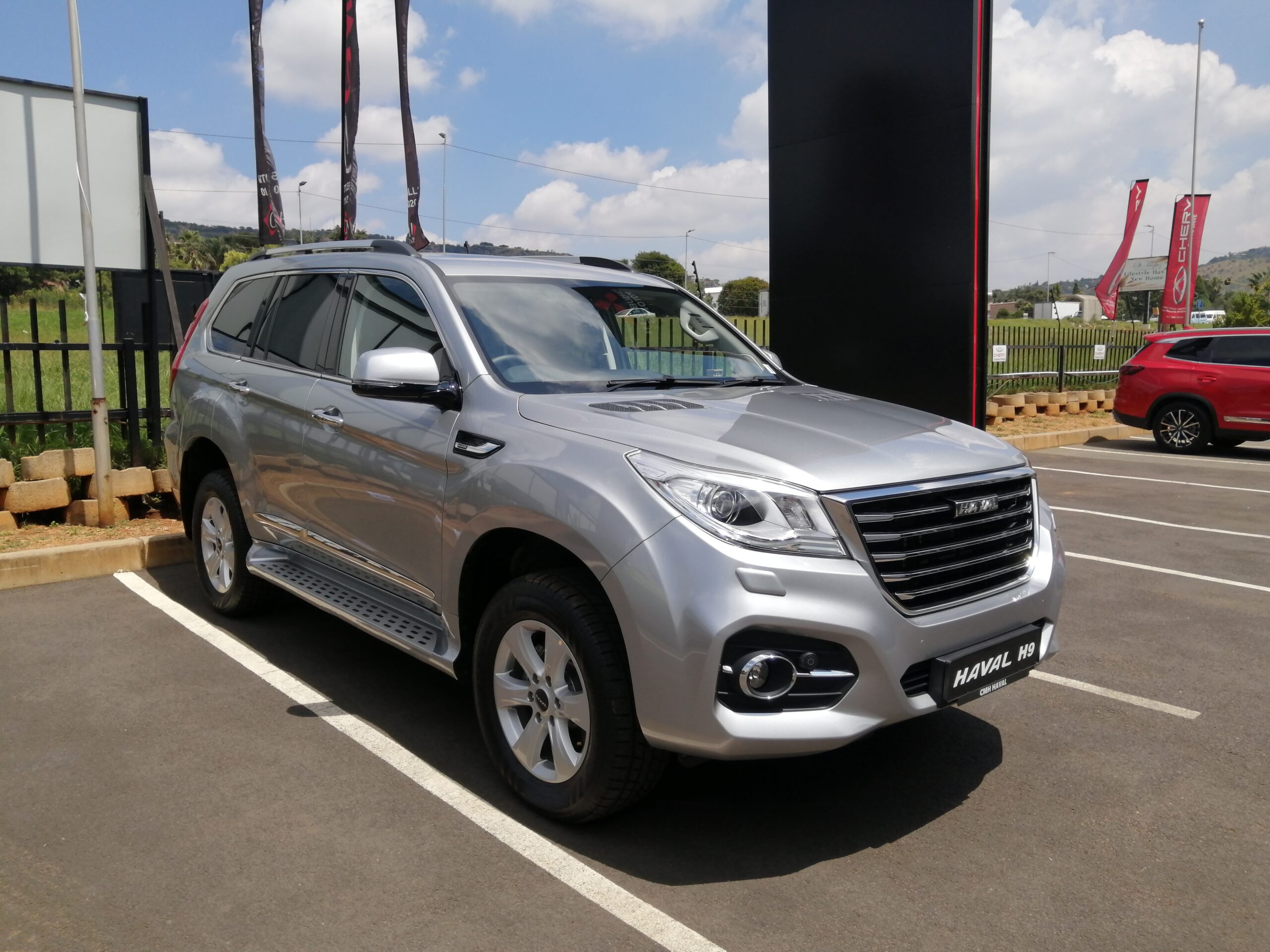

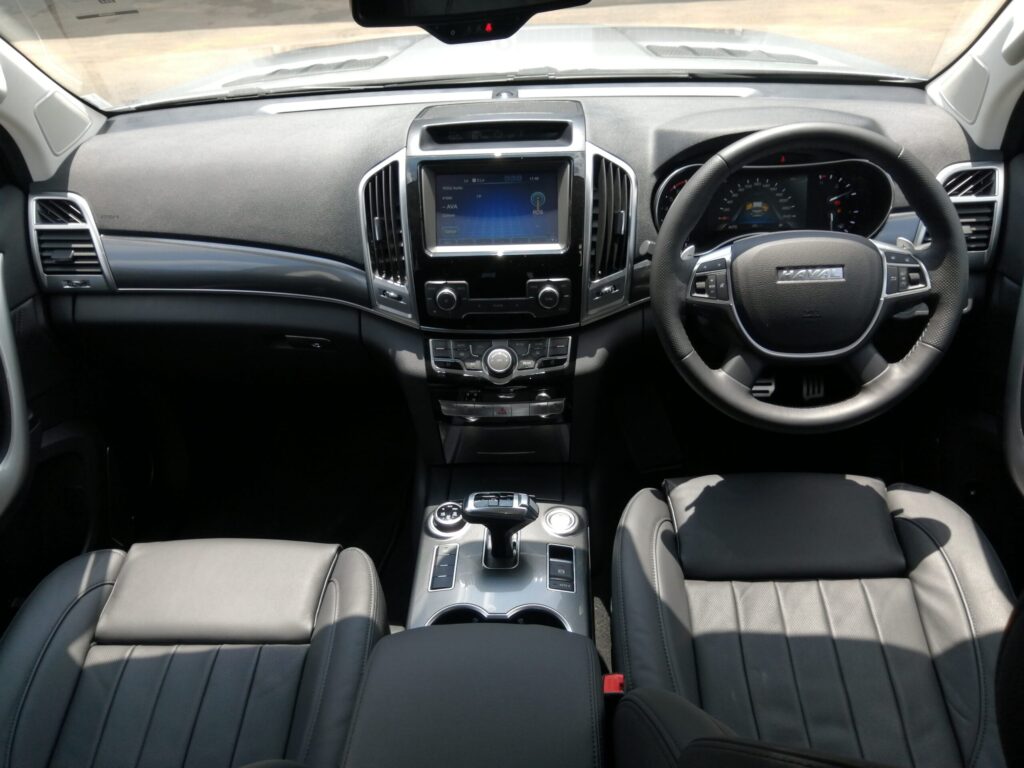
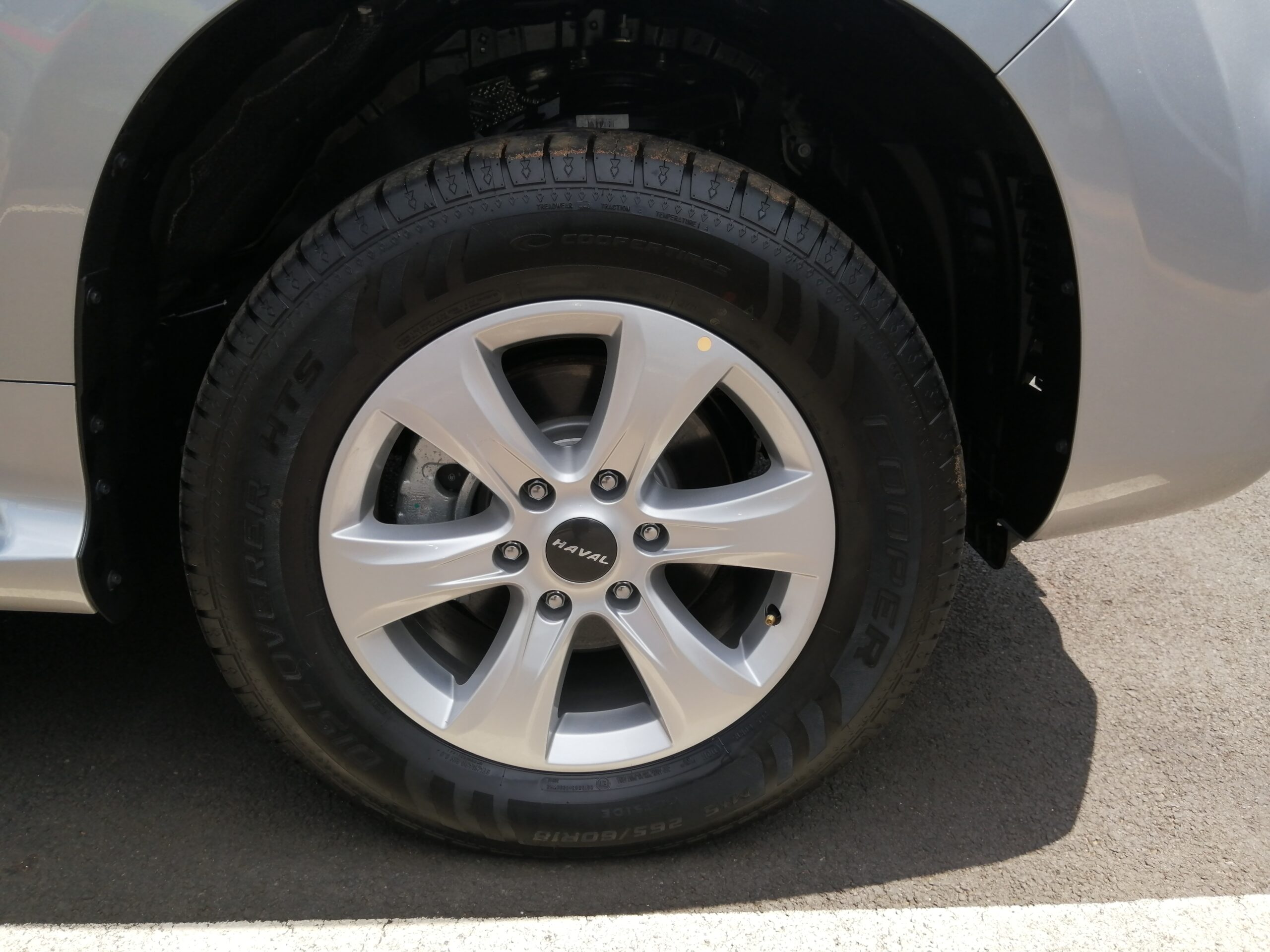



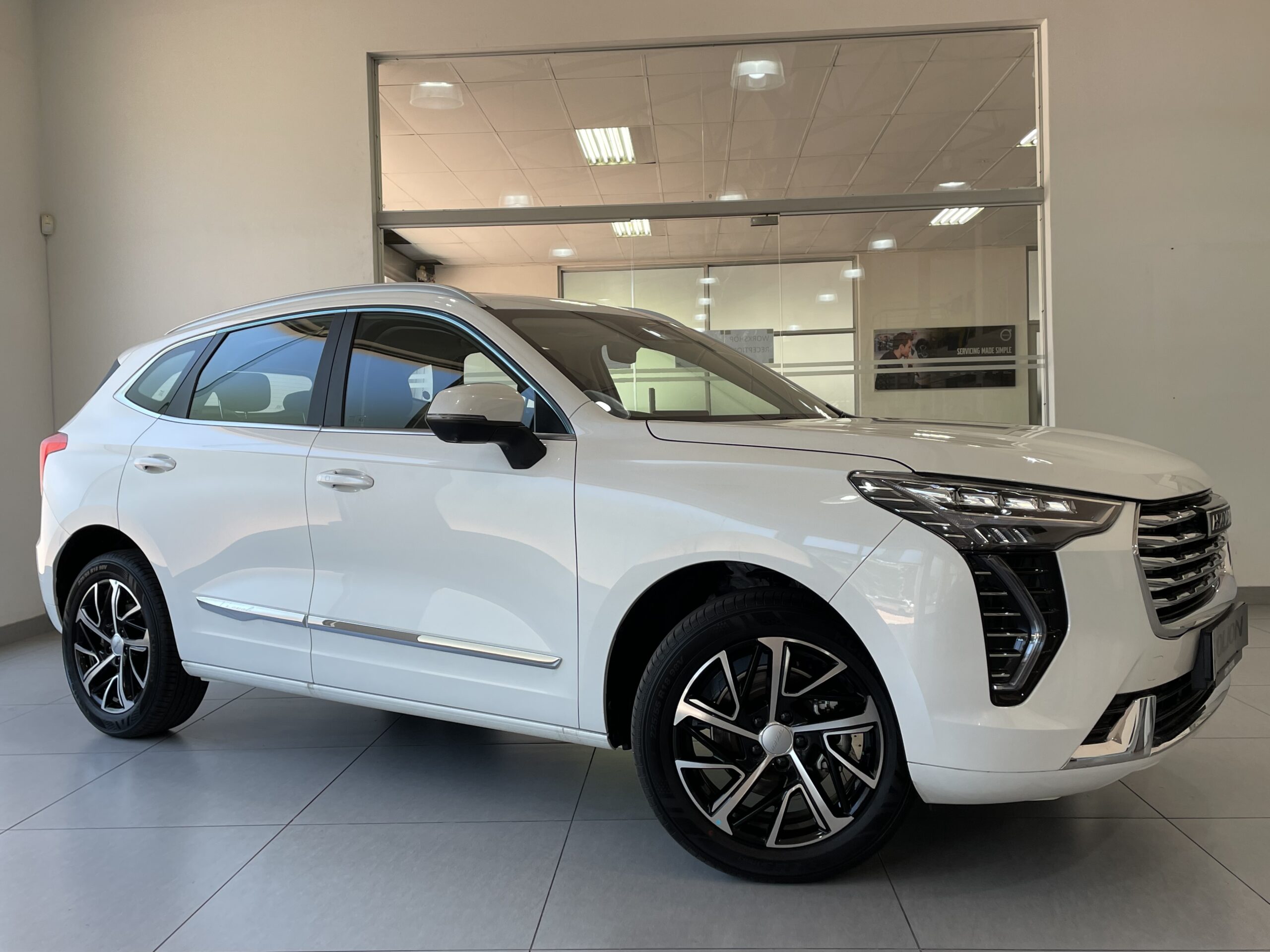
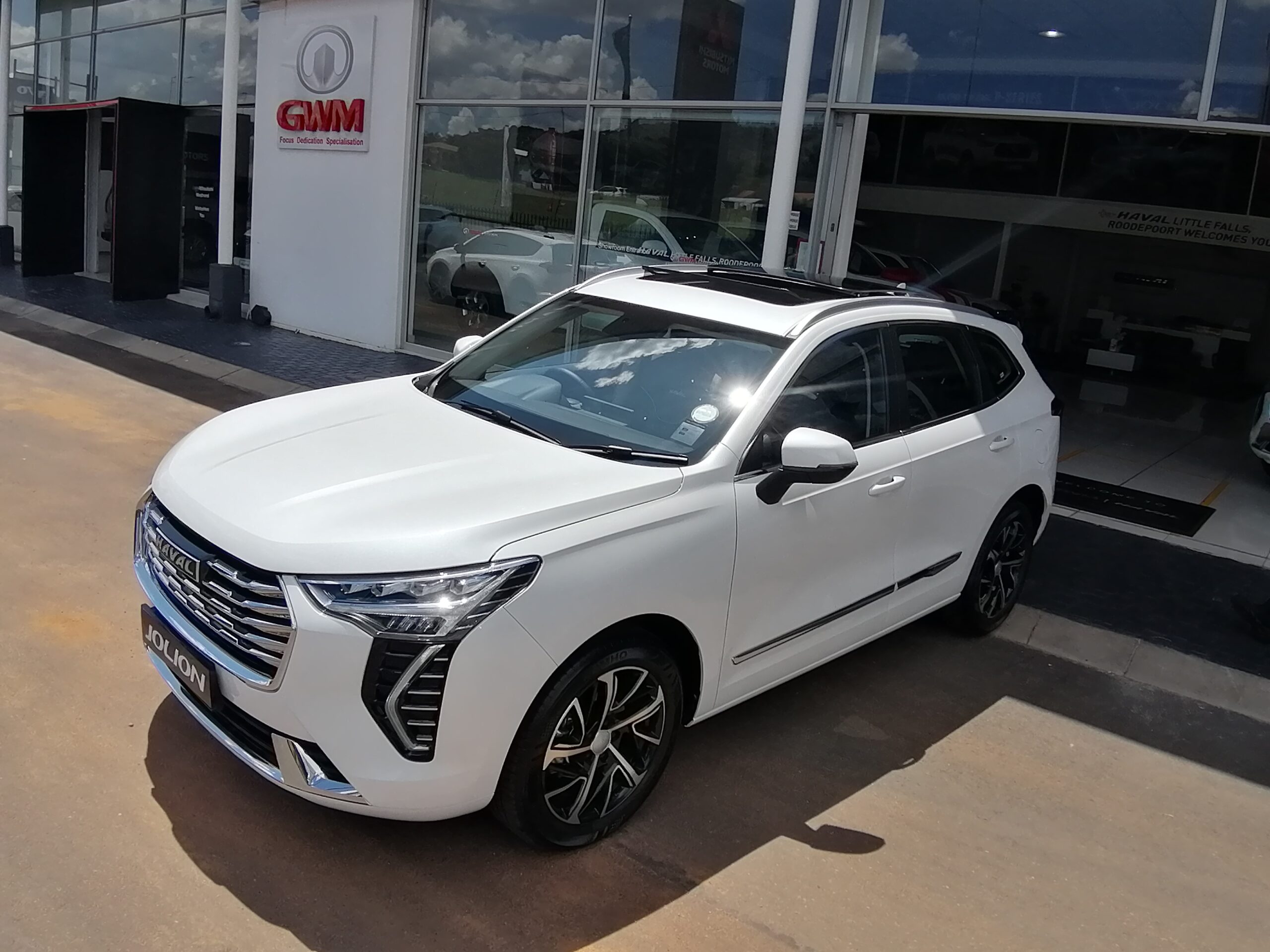
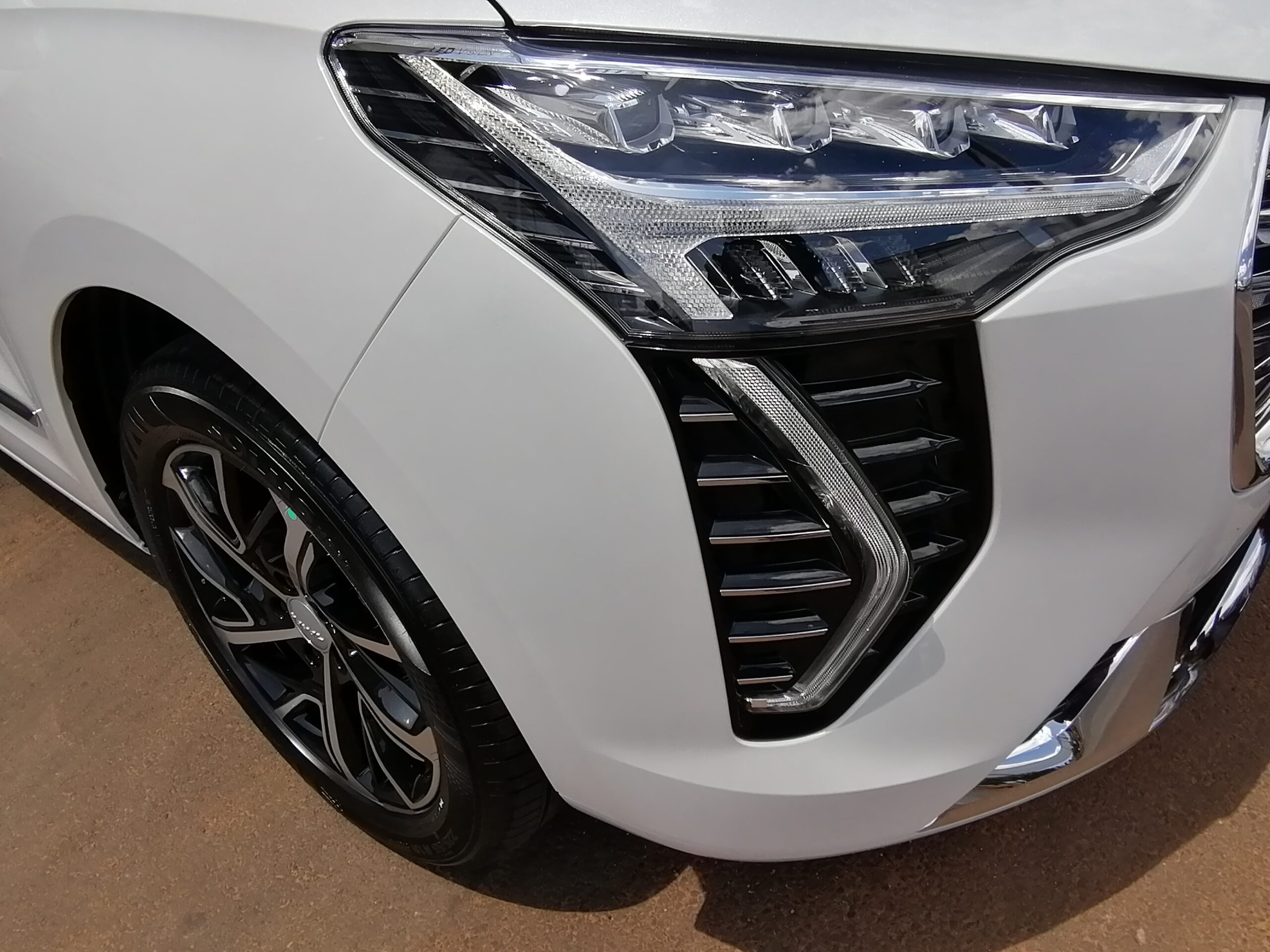
 • Leather Steering Wheel
• Traffic sign recognition
• Driving fatigue detection
• Rear park distance sensors
• 360 Degree panoramic camera
• 3-inch multimedia touch display
• Leather Steering Wheel
• Traffic sign recognition
• Driving fatigue detection
• Rear park distance sensors
• 360 Degree panoramic camera
• 3-inch multimedia touch display
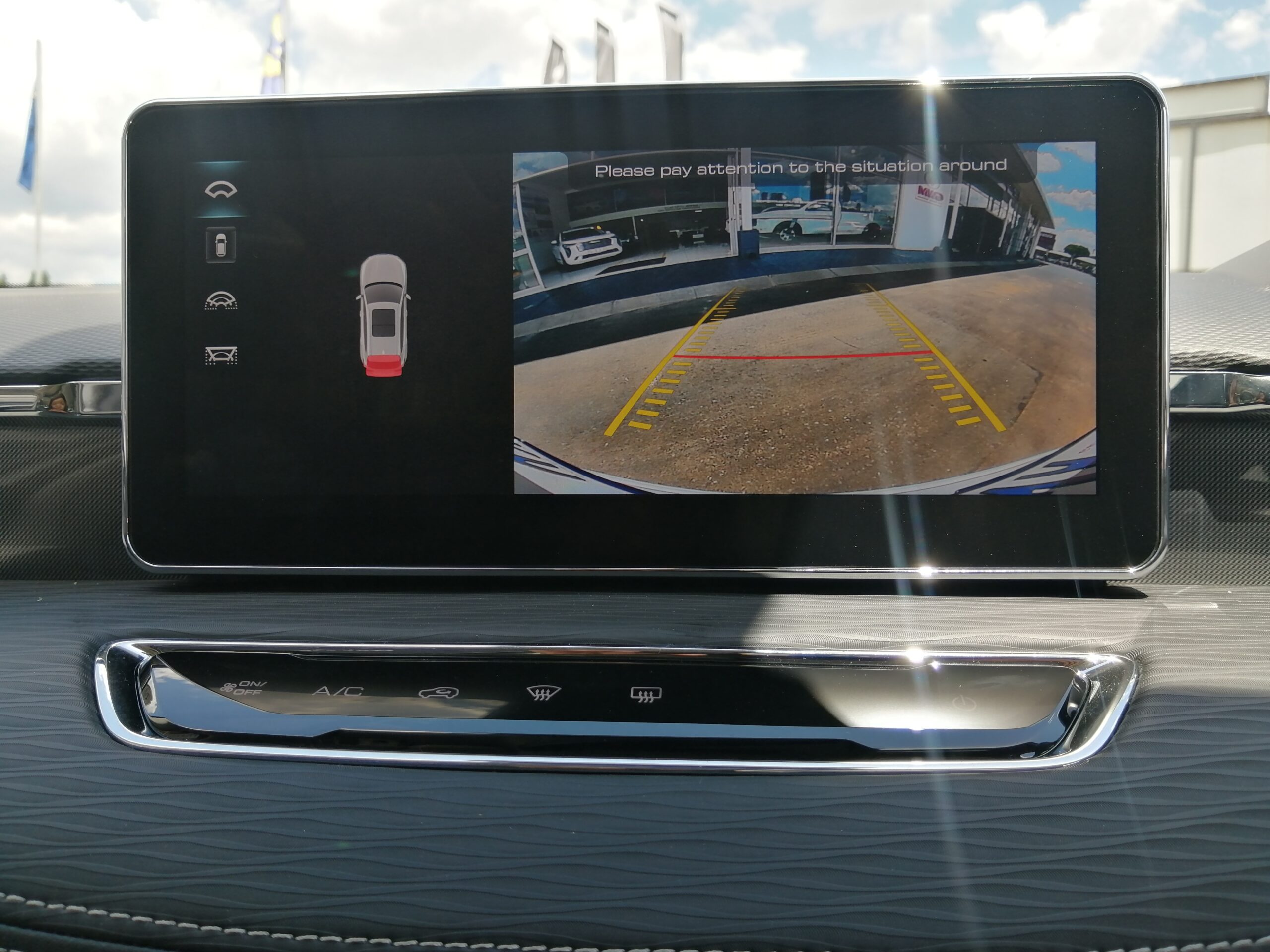 • Reverse camera with Guidelines
• Keyless entry and Push button start
• Blind spot detection and Lane change assist
• Reverse camera with Guidelines
• Keyless entry and Push button start
• Blind spot detection and Lane change assist
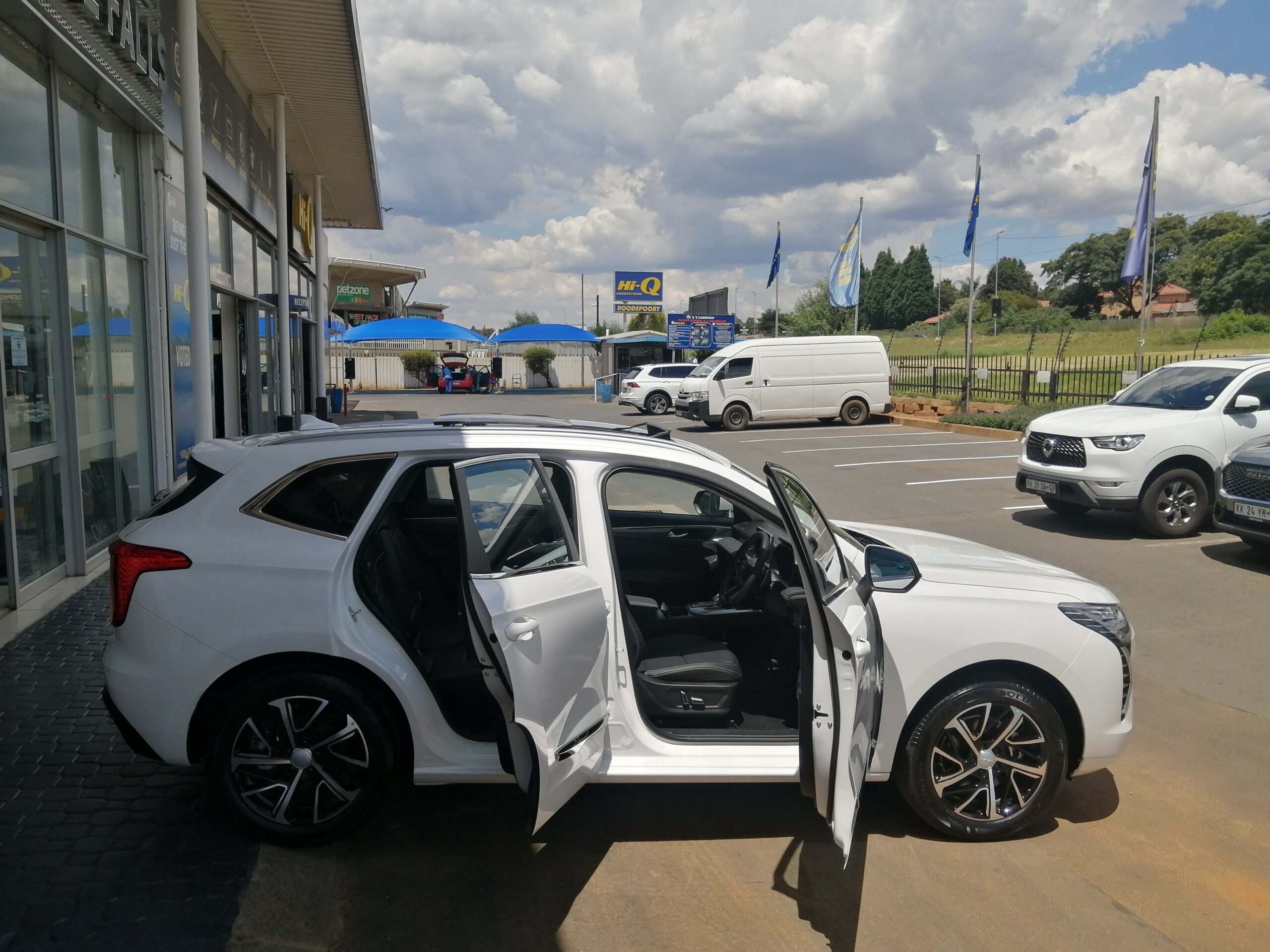 • Pre-collision warning, Automatic emergency braking
• Bluetooth Handsfree and Front, rear dual USB connector
• Lane Departure Alert, Lane Keeping Assist and Lane Centre Keeping
• Pre-collision warning, Automatic emergency braking
• Bluetooth Handsfree and Front, rear dual USB connector
• Lane Departure Alert, Lane Keeping Assist and Lane Centre Keeping
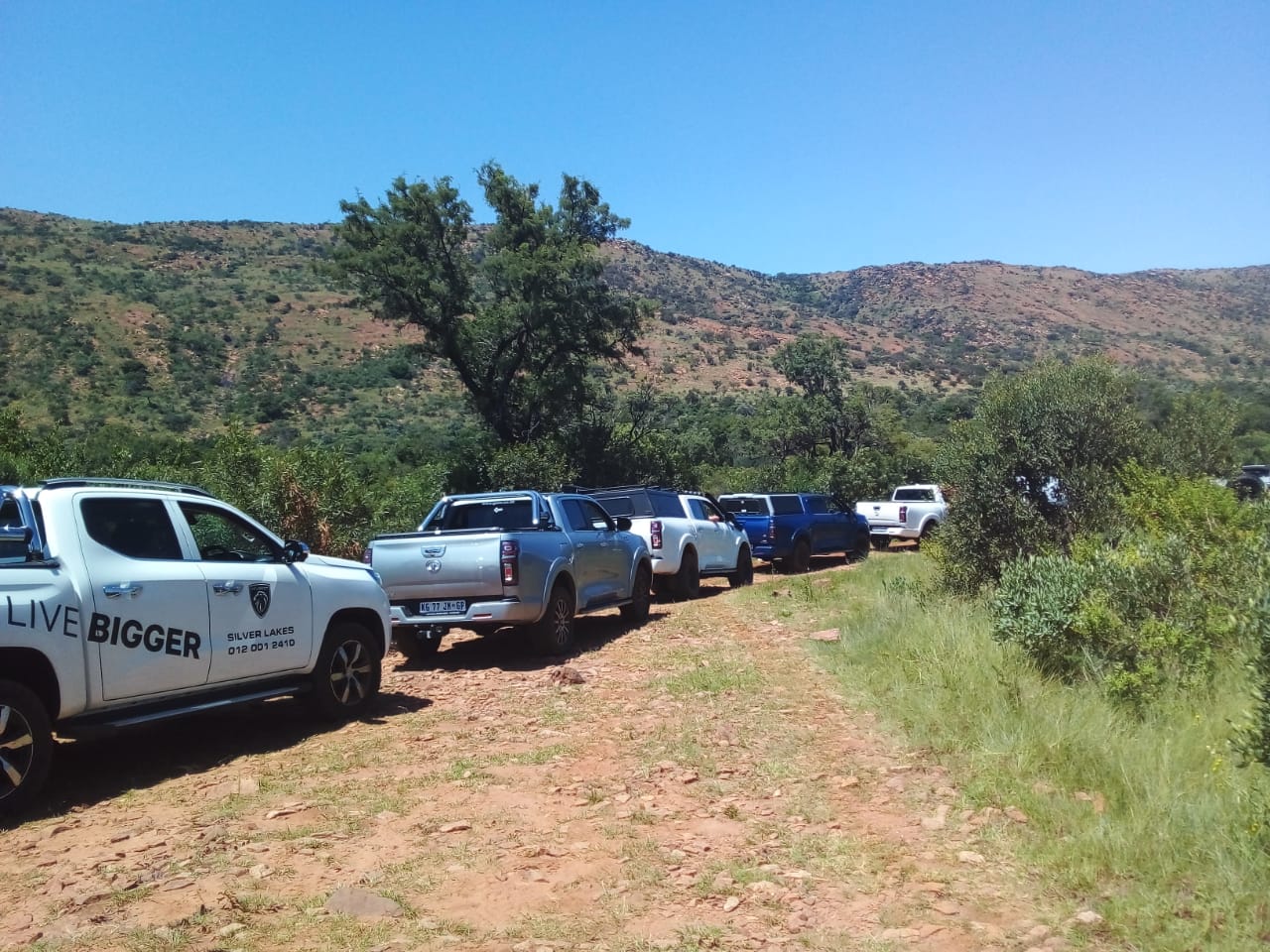

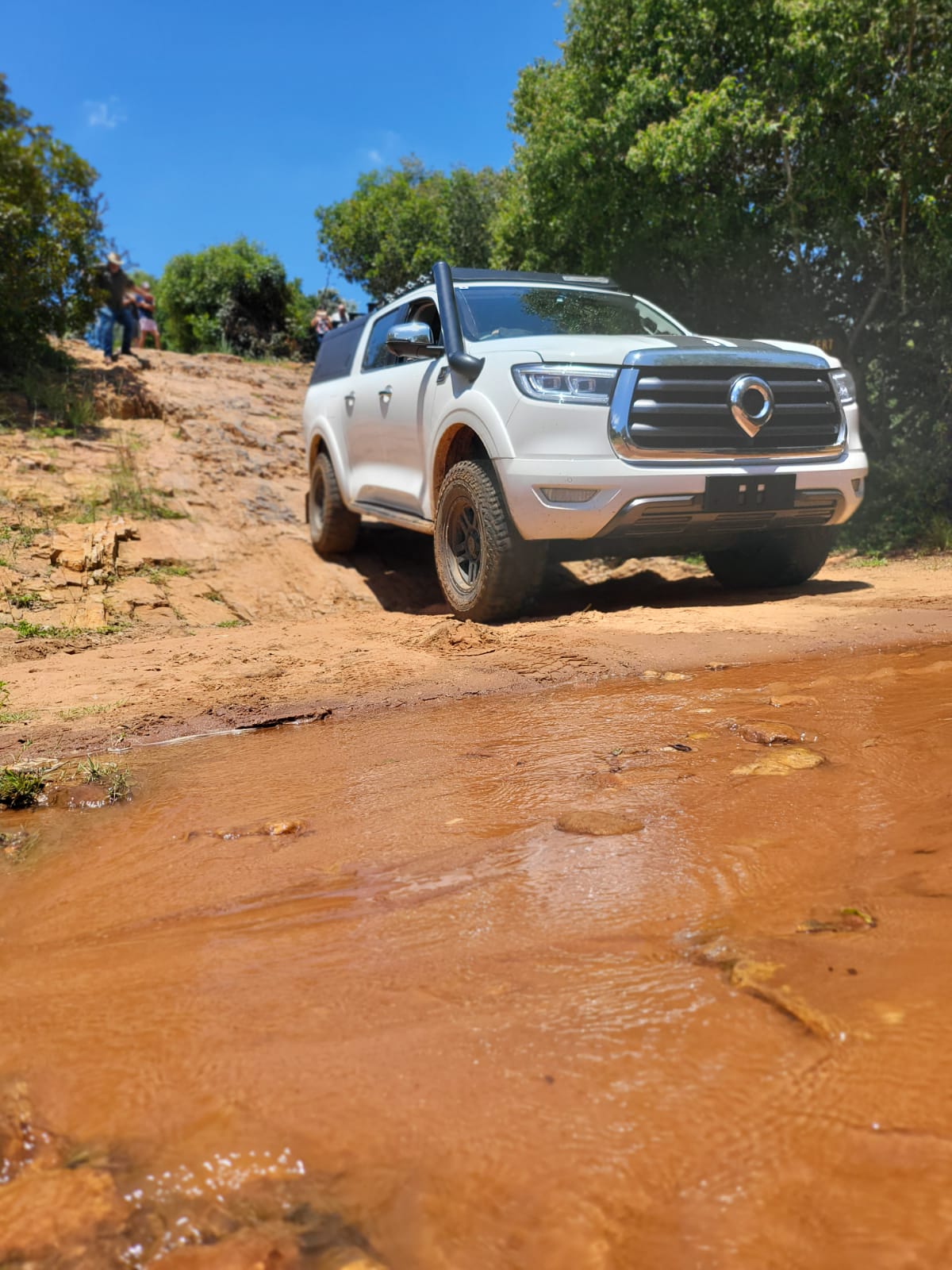
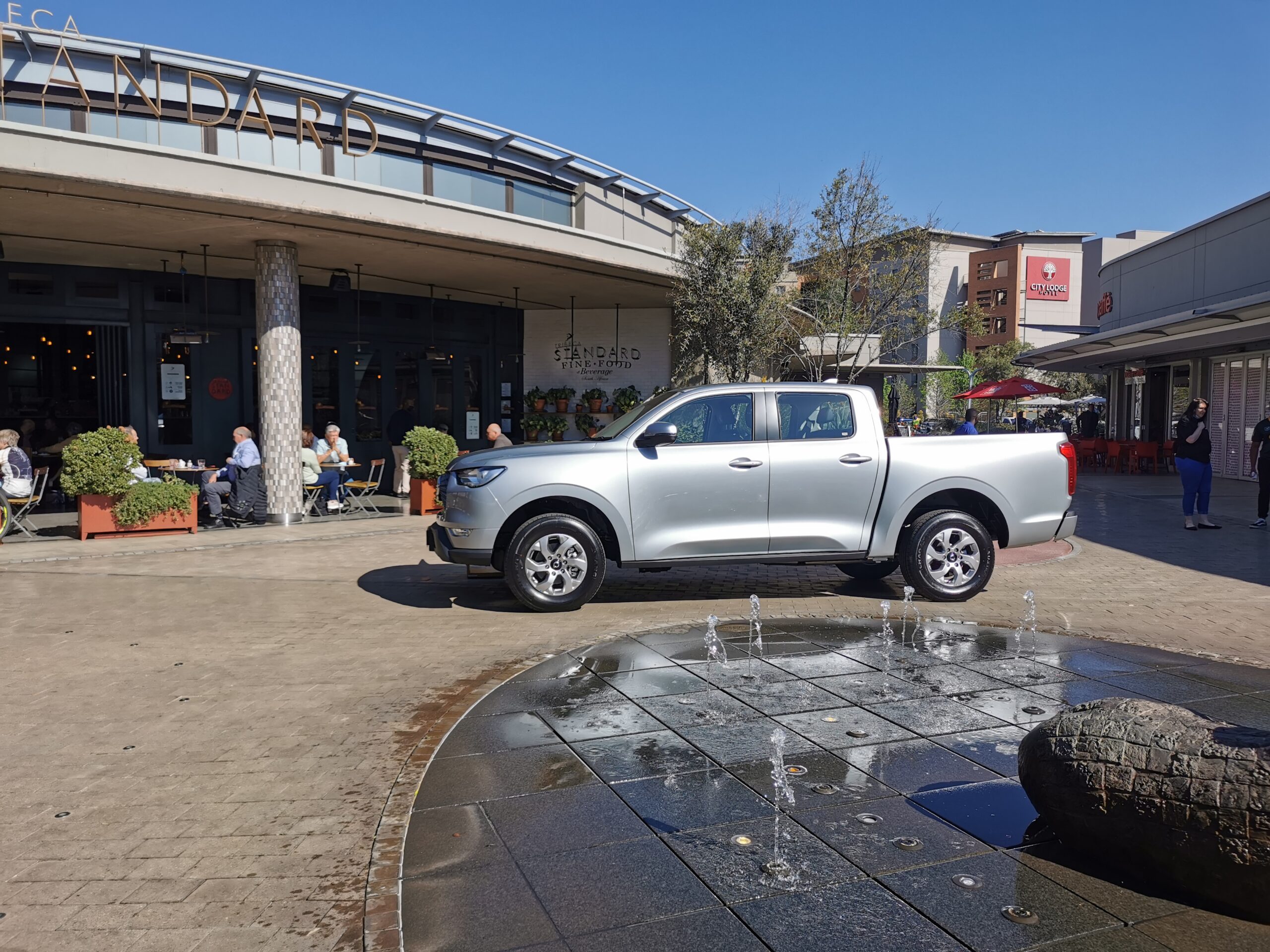
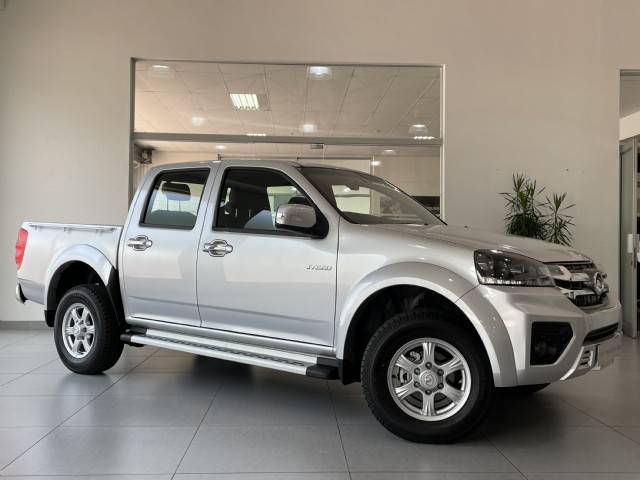
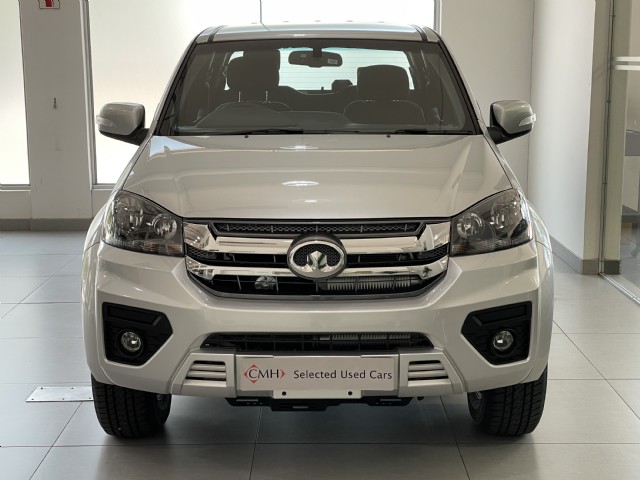 Both Single & Double Cab Facelifted Steed share the same Diesel Engine paired with a 6MT transmission. The diesel unit now produces a punchy 110kW and 320Nm compared to the previous mill which delivered 105kW and 305Nm. This increase of 5kW and 15Nm is also available earlier in the rev range @ 1400rpm.
Both Single & Double Cab Facelifted Steed share the same Diesel Engine paired with a 6MT transmission. The diesel unit now produces a punchy 110kW and 320Nm compared to the previous mill which delivered 105kW and 305Nm. This increase of 5kW and 15Nm is also available earlier in the rev range @ 1400rpm.
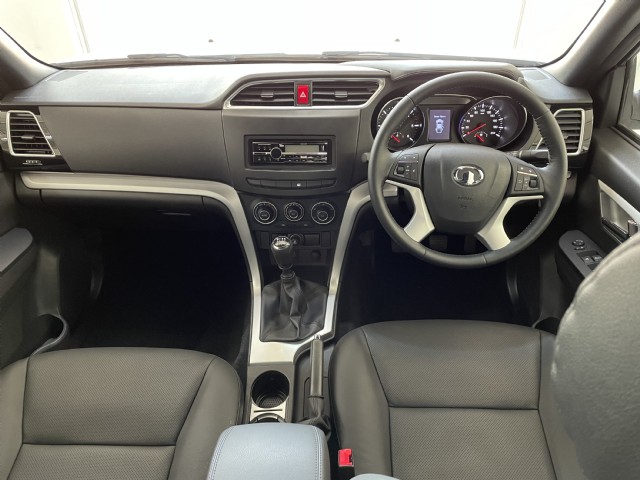
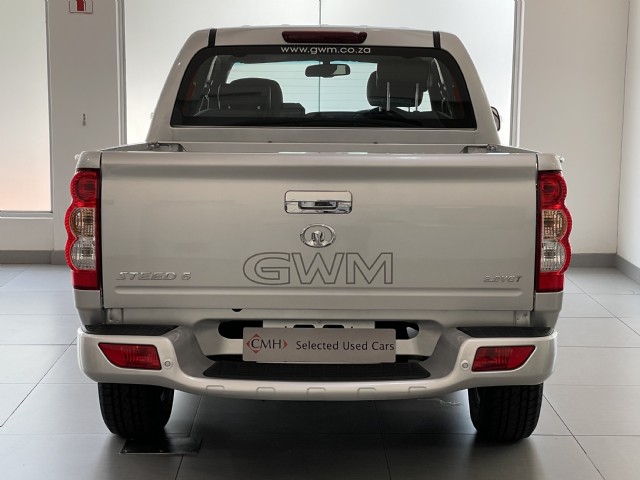
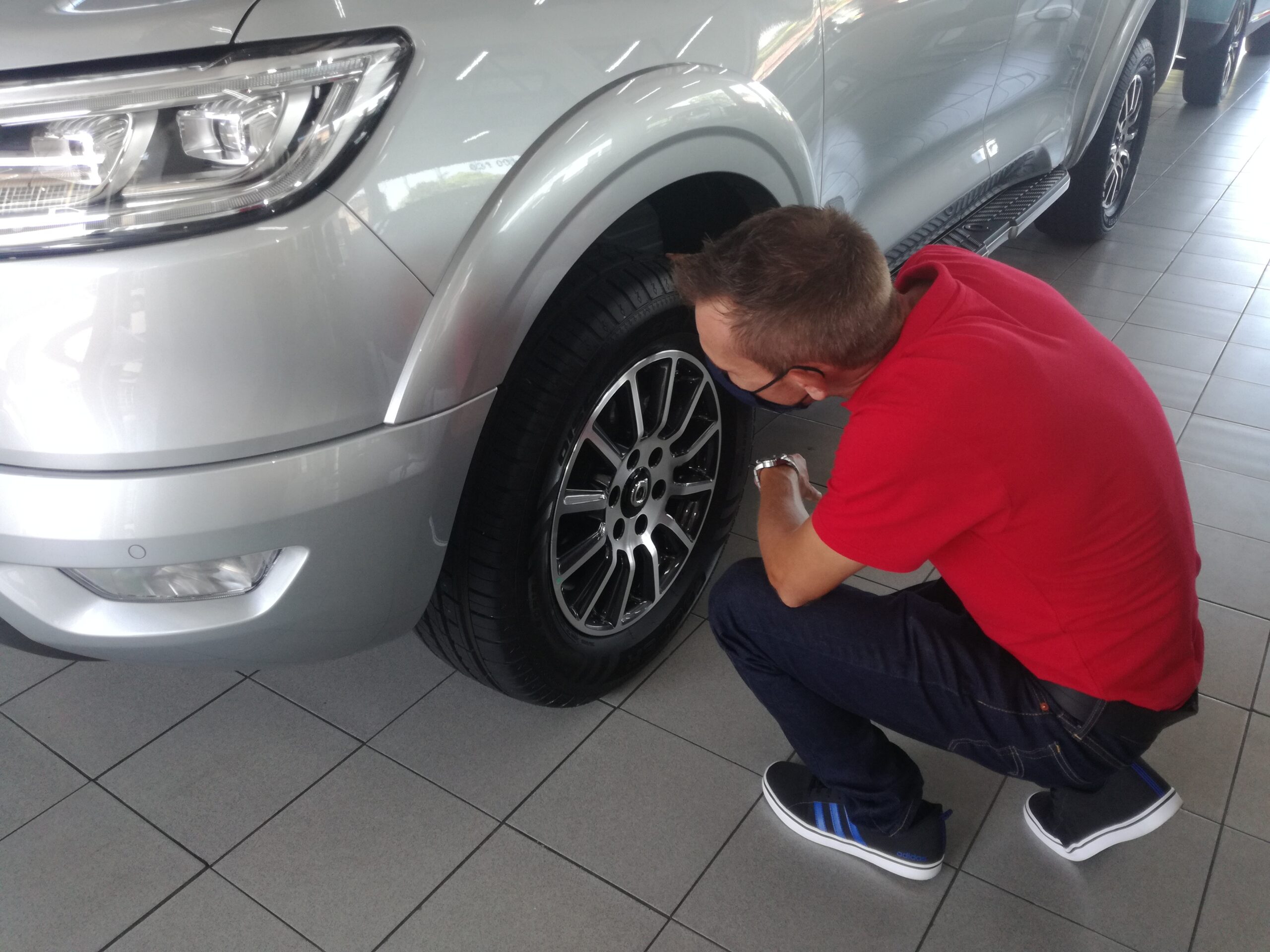
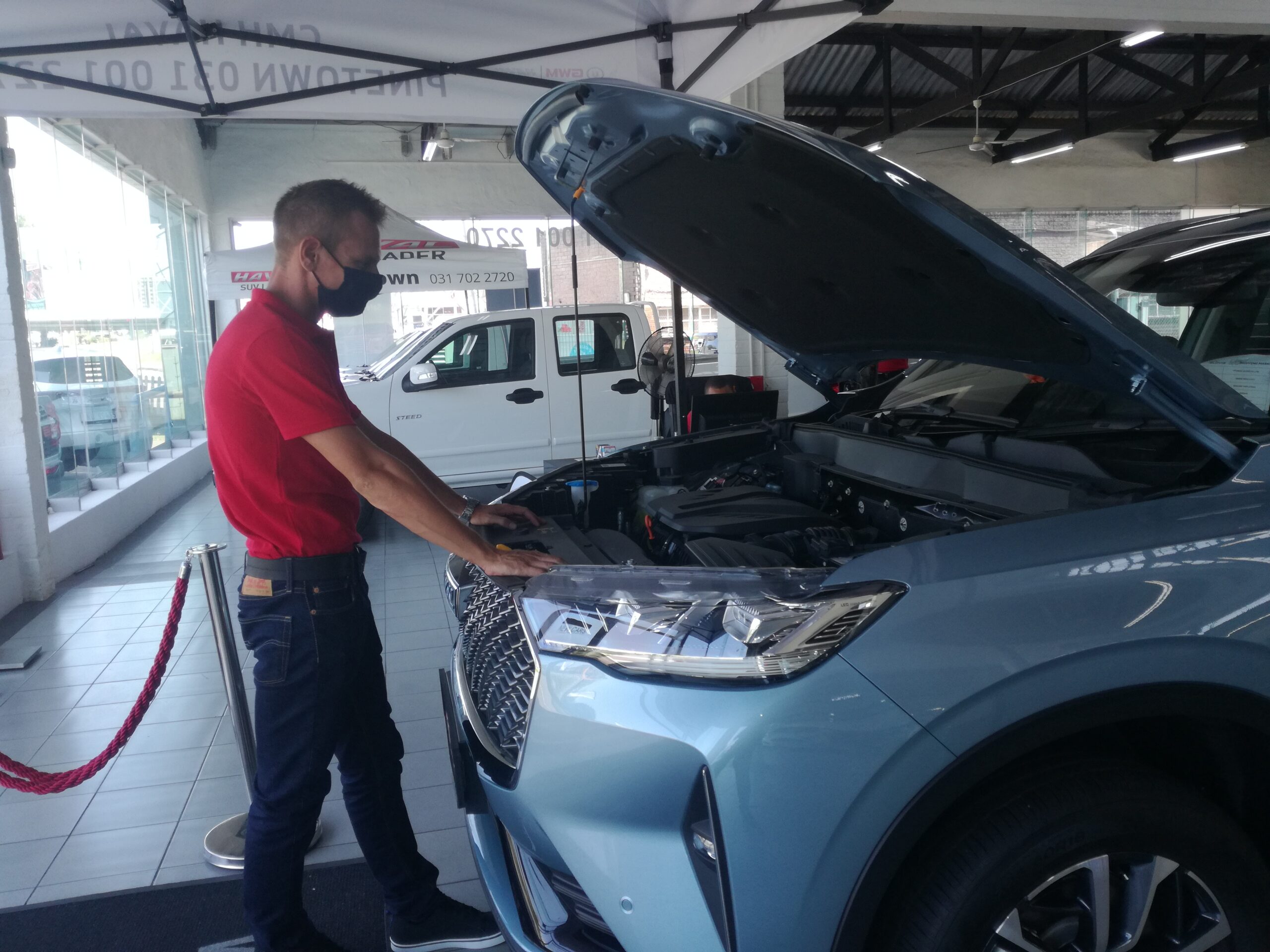

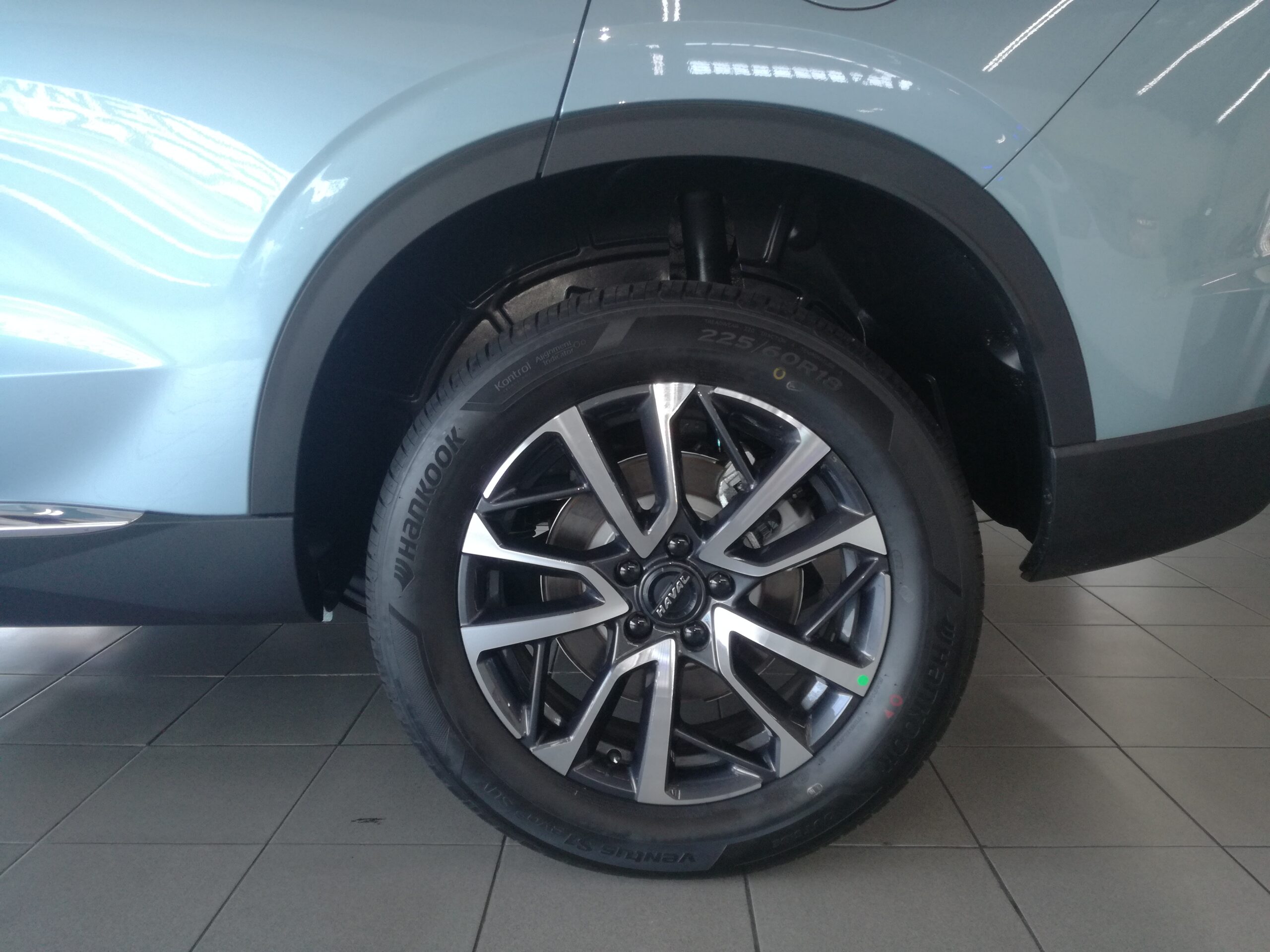
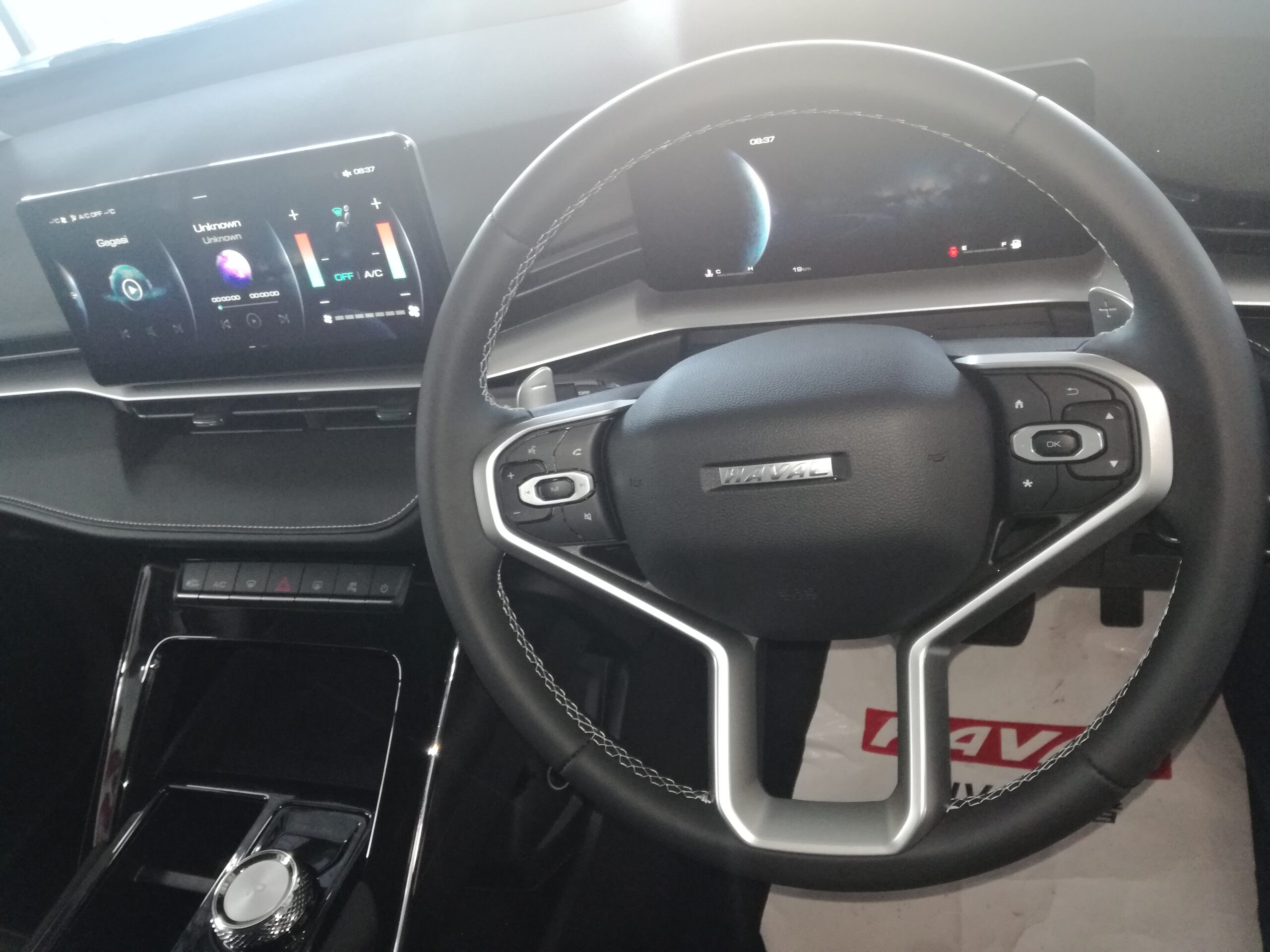
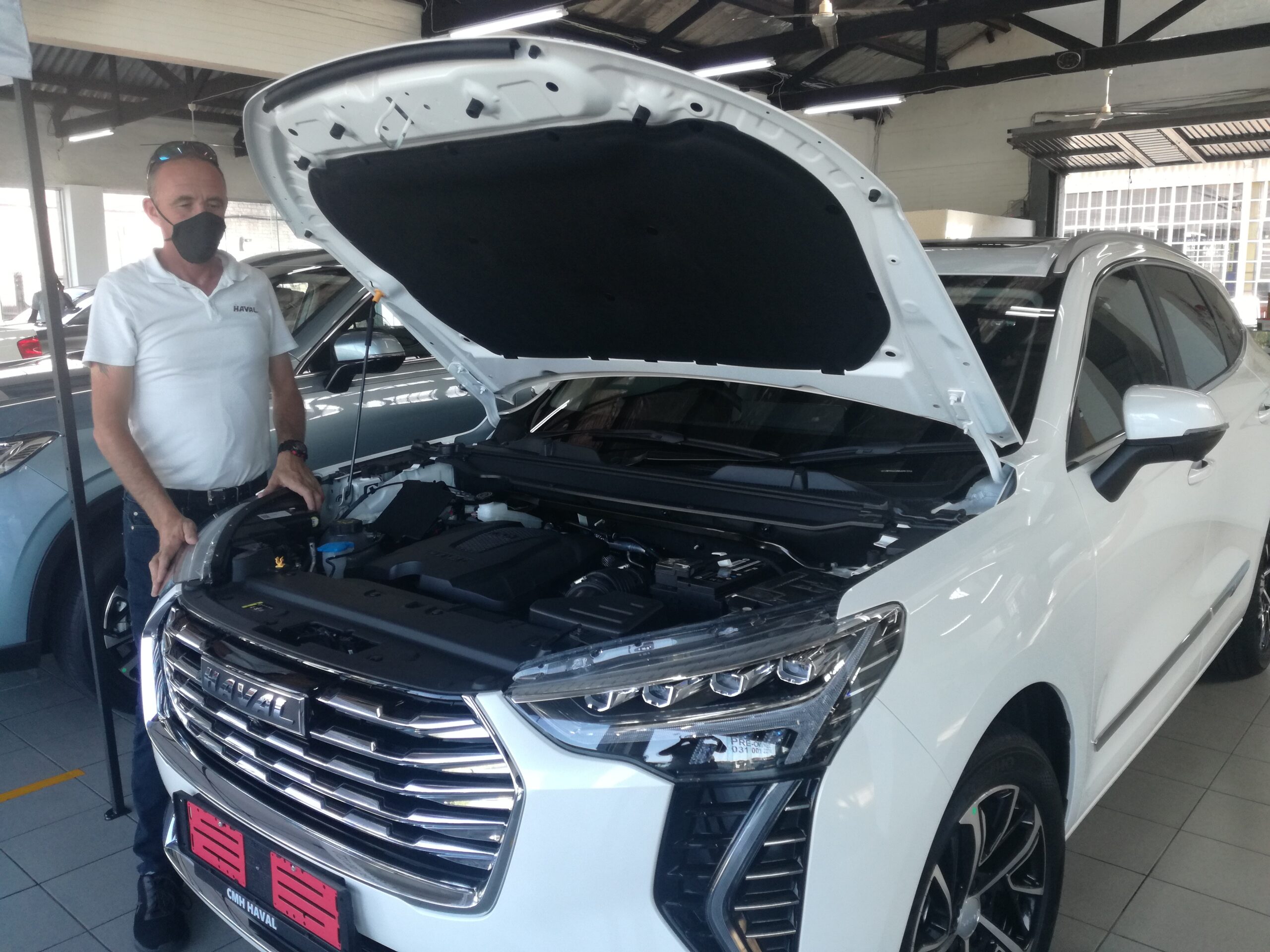
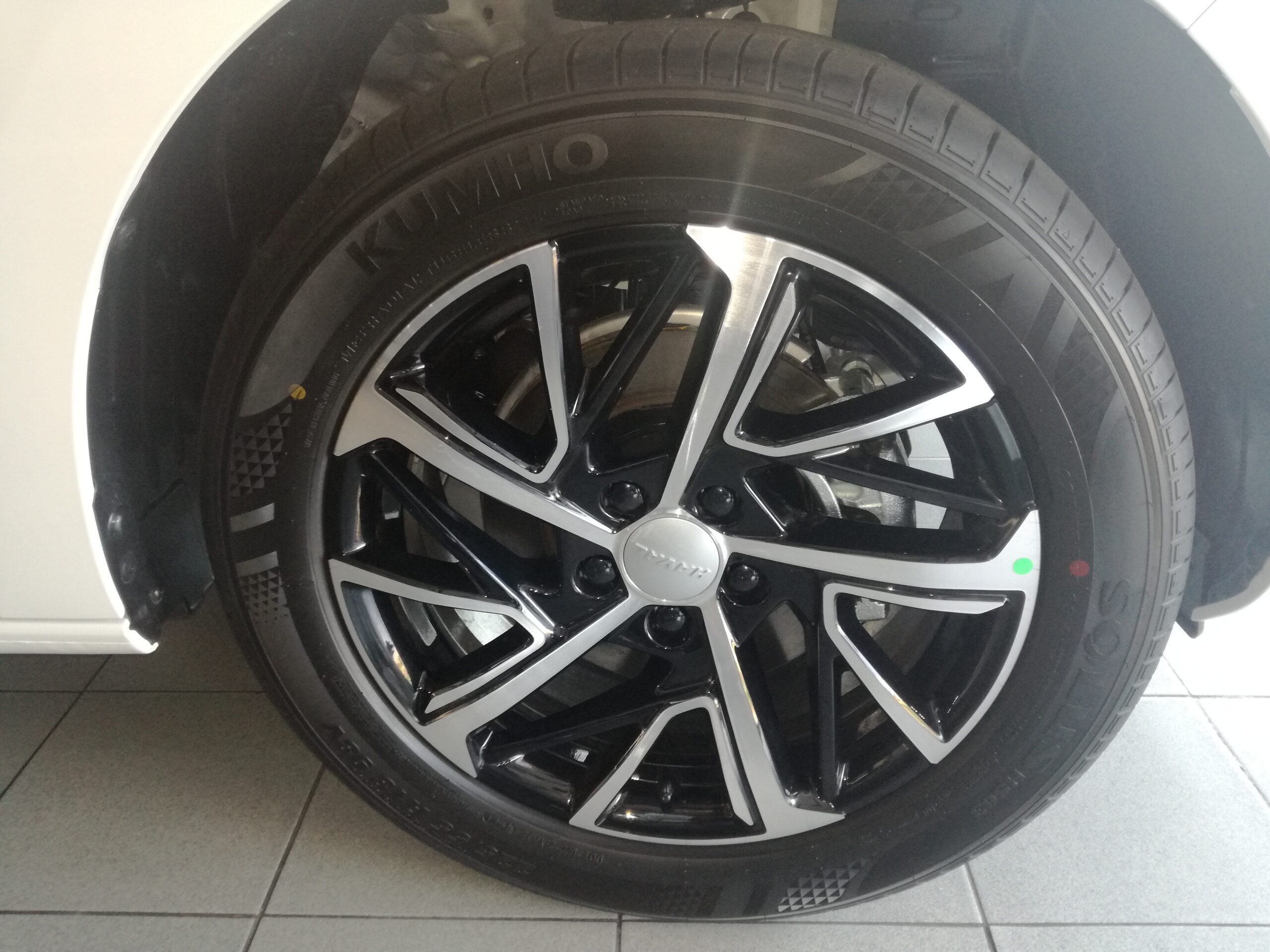

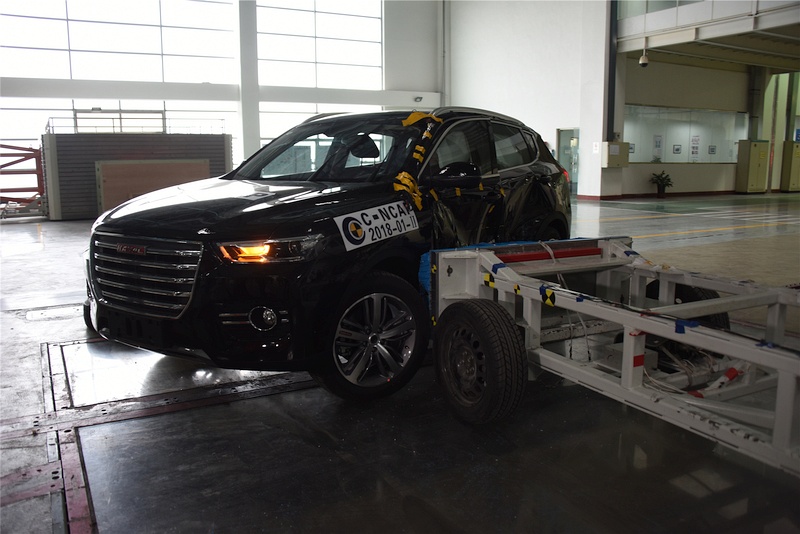

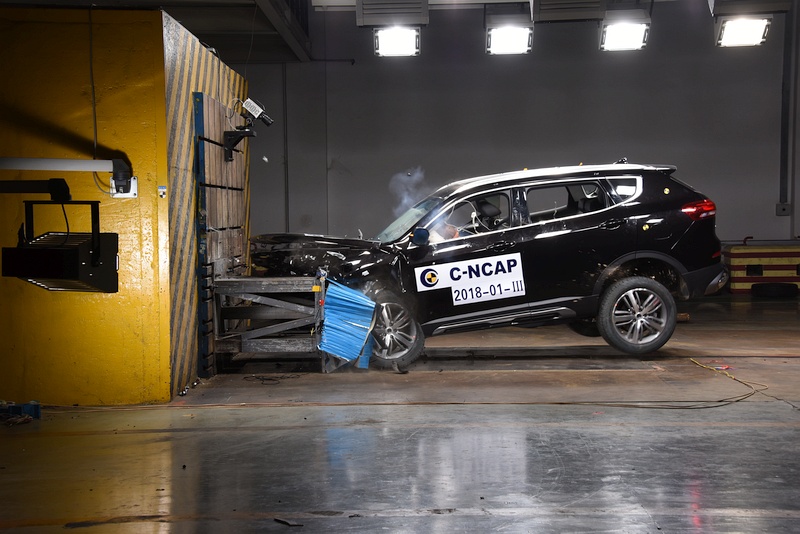
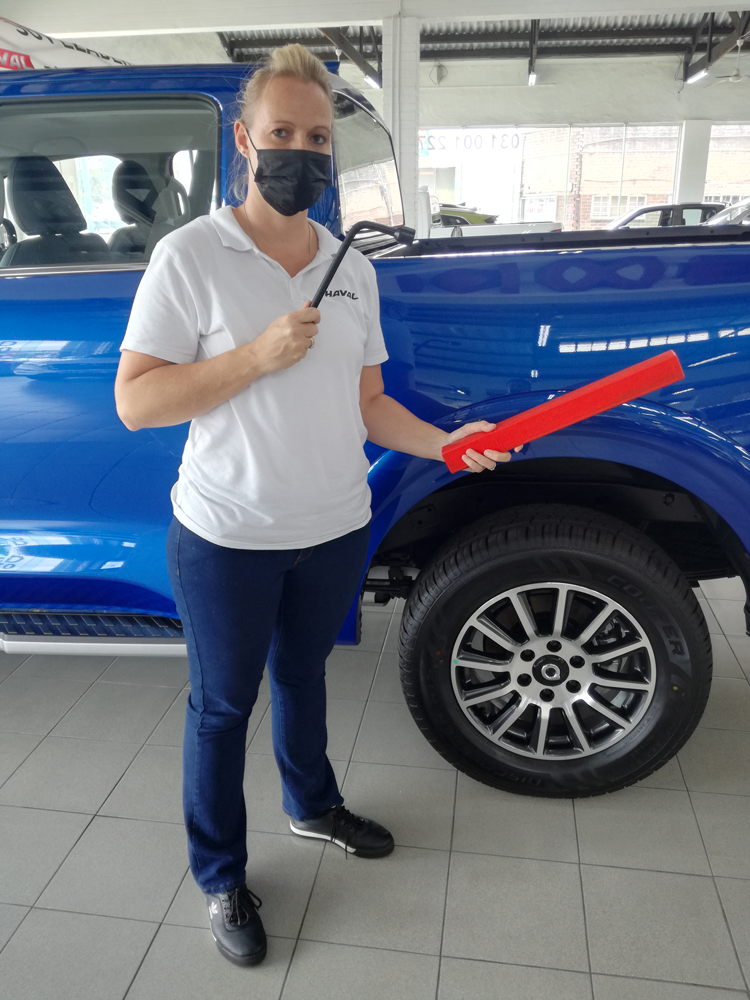
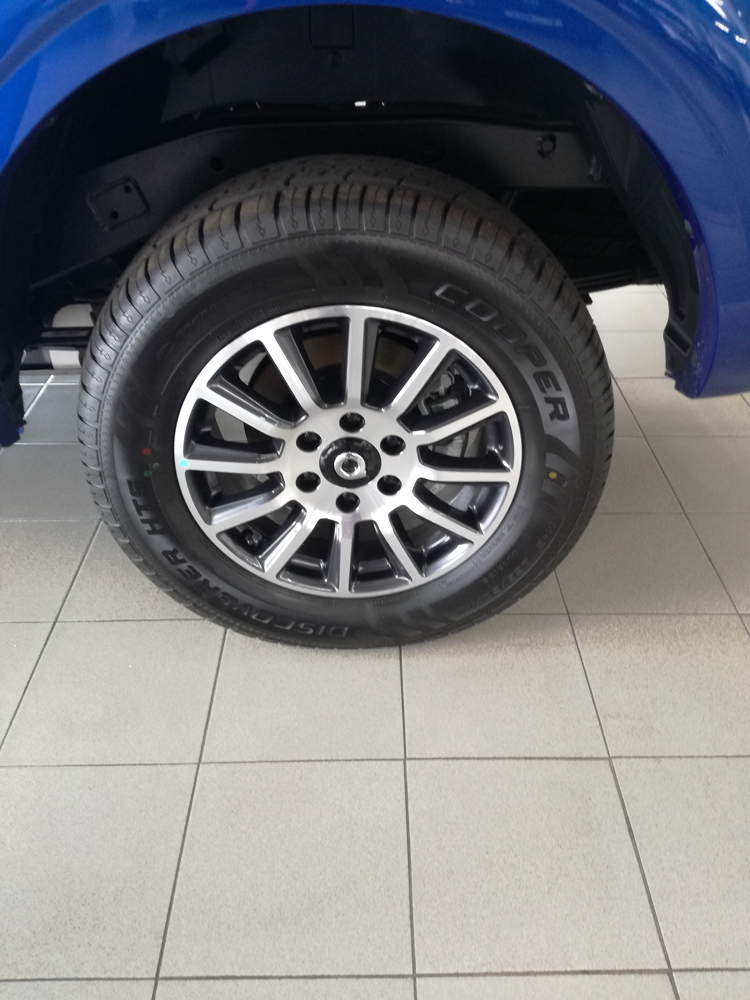
 Turn the wheel wrench anti-clockwise and loosen the nuts to the point where they can be turned by hand (be warned – they may be tough to loosen).
However, don’t remove them completely yet.
4. Jack the car up
All cars have dedicated jacking points – consult your handbook to see where these are.
Aim to position the jack at the side of the car, close to the punctured wheel.
Placing a small plank of wood under the jack will help keep it stable.
Raise the car slowly until the flat tyre is 10-15cm off the ground.
5. Take out the flat tyre
Fully loosen and remove the wheel nuts, then gently pull the tyre towards you until it comes free.
Place it flat on the ground.
6. Mount the spare wheel
Slide the spare wheel onto the protruding hub bolts, or in line with the wheel nut slots (warning: it’s heavy to lift it off the ground to do this).
Replace the wheel nuts and tighten them by hand.
7. Lower the car and tighten the bolts
Use the jack to drop the car down slightly, so that the spare tyre is in contact with the ground.
Now use the wrench to fully tighten the wheel nuts.
8. Fully lower the car
Bring the car fully down to earth and remove the jack.
Consider giving the wheel nuts a final check for tightness.
Stow the jack and the other tyre in the boot, along with the rest of your equipment.
Note: if your car has a space saver, the old wheel will take up more space in the boot.
9. Check the spare tyre pressure
If you have one, use a tyre pressure gauge to check the spare wheel is fully inflated.
Alternatively, drive carefully to a petrol station and use the gauge there.
Pump up the tyre to the recommended pressure – as detailed in the handbook – if necessary.
10. Take your punctured tyre for repair
Visit a garage or tyre fitters at the first opportunity and give them your punctured wheel.
They will advise whether to repair or replace it.
Turn the wheel wrench anti-clockwise and loosen the nuts to the point where they can be turned by hand (be warned – they may be tough to loosen).
However, don’t remove them completely yet.
4. Jack the car up
All cars have dedicated jacking points – consult your handbook to see where these are.
Aim to position the jack at the side of the car, close to the punctured wheel.
Placing a small plank of wood under the jack will help keep it stable.
Raise the car slowly until the flat tyre is 10-15cm off the ground.
5. Take out the flat tyre
Fully loosen and remove the wheel nuts, then gently pull the tyre towards you until it comes free.
Place it flat on the ground.
6. Mount the spare wheel
Slide the spare wheel onto the protruding hub bolts, or in line with the wheel nut slots (warning: it’s heavy to lift it off the ground to do this).
Replace the wheel nuts and tighten them by hand.
7. Lower the car and tighten the bolts
Use the jack to drop the car down slightly, so that the spare tyre is in contact with the ground.
Now use the wrench to fully tighten the wheel nuts.
8. Fully lower the car
Bring the car fully down to earth and remove the jack.
Consider giving the wheel nuts a final check for tightness.
Stow the jack and the other tyre in the boot, along with the rest of your equipment.
Note: if your car has a space saver, the old wheel will take up more space in the boot.
9. Check the spare tyre pressure
If you have one, use a tyre pressure gauge to check the spare wheel is fully inflated.
Alternatively, drive carefully to a petrol station and use the gauge there.
Pump up the tyre to the recommended pressure – as detailed in the handbook – if necessary.
10. Take your punctured tyre for repair
Visit a garage or tyre fitters at the first opportunity and give them your punctured wheel.
They will advise whether to repair or replace it.
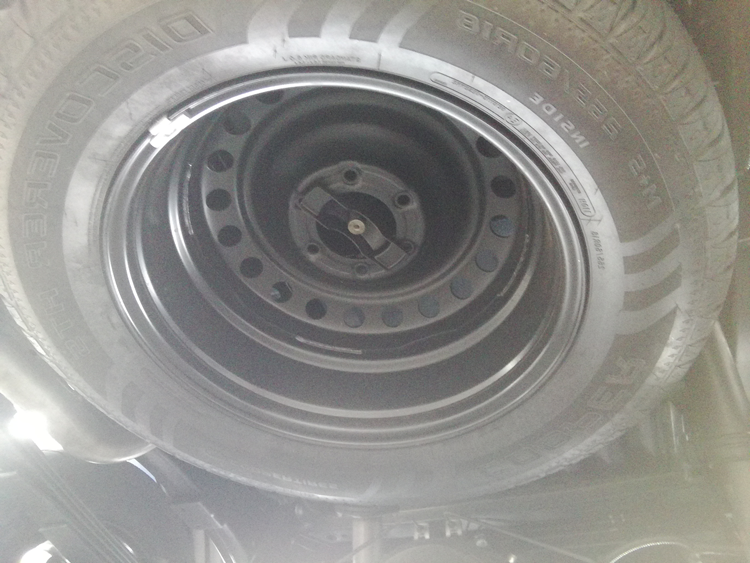 Don’t drive on a space-saver spare wheel for longer than is strictly necessary – they are only intended for emergencies.
Start blooming your journey with Haval …
Visit us at 📌167 Josiah Gumede Road, Pinetown
Or call us on ☎
Don’t drive on a space-saver spare wheel for longer than is strictly necessary – they are only intended for emergencies.
Start blooming your journey with Haval …
Visit us at 📌167 Josiah Gumede Road, Pinetown
Or call us on ☎ 